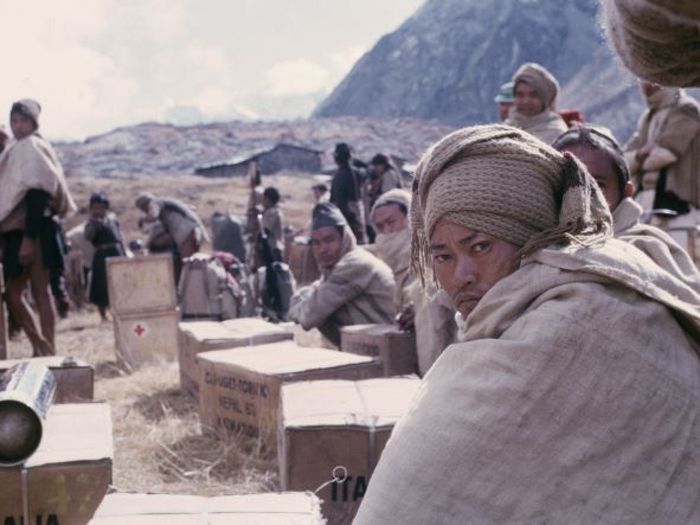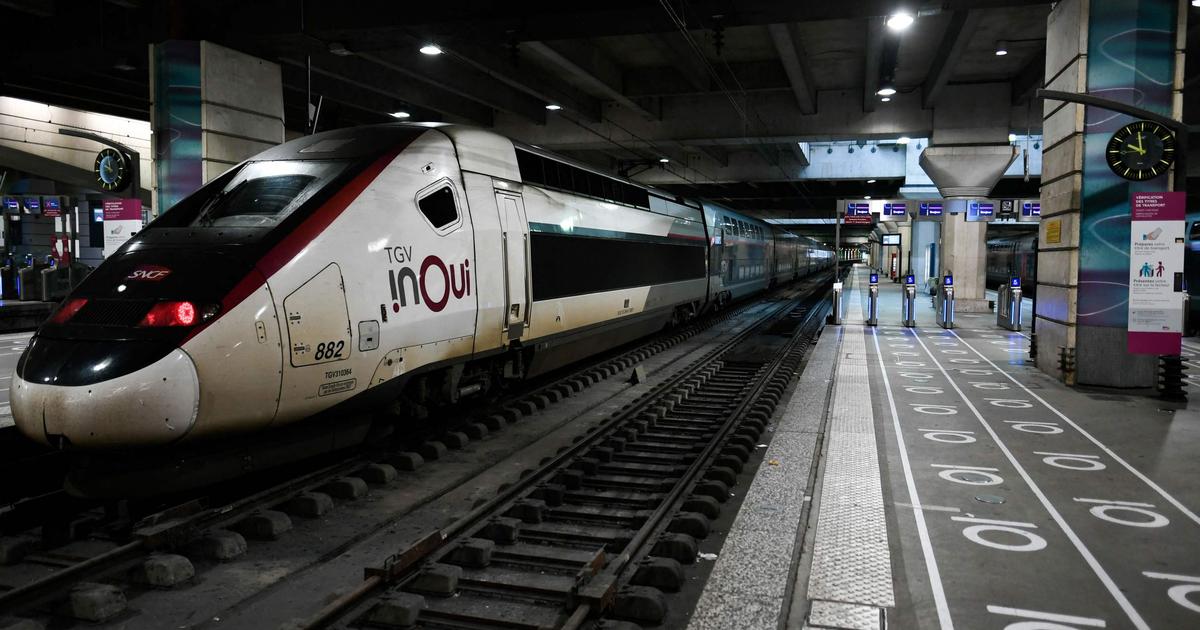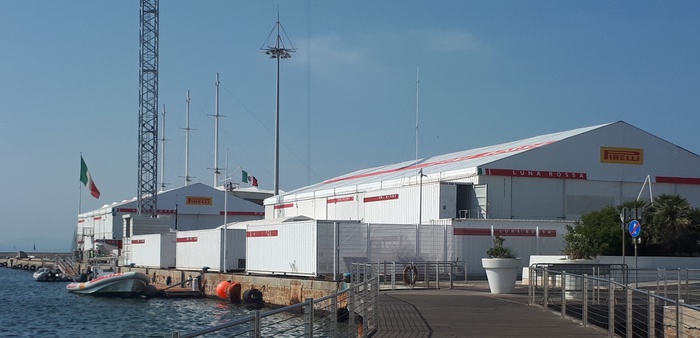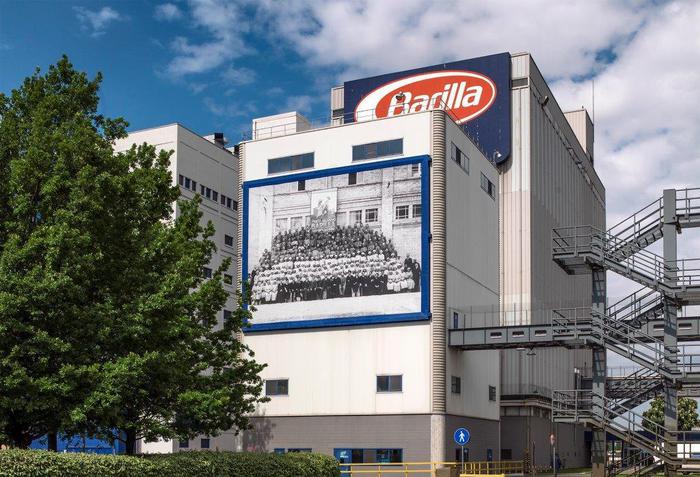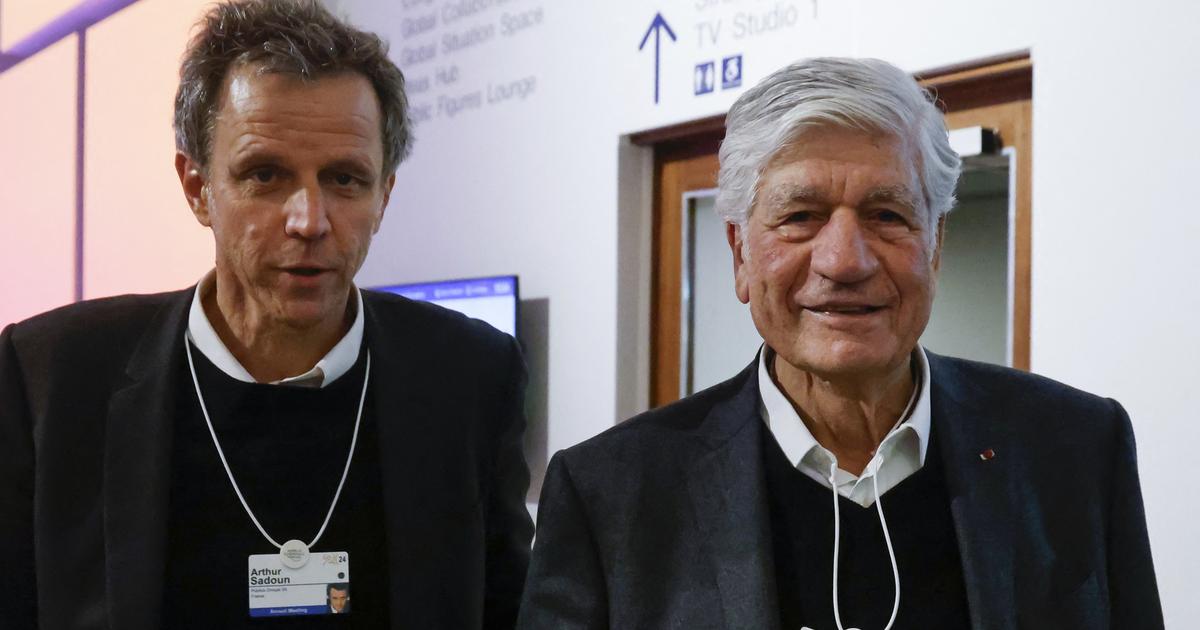ROME - There is an '' after '' in the history of Guido Rossa, the trade union worker murdered by the Red Brigades in 1979, which nails him to the bloody and bloody season of the years of lead. His destiny as a victim of terrorism removed the long `` before '' of his life, an intertwining between political commitment and a passion for mountaineering and photography that started from afar, from a journey that had brought him to Nepal. in 1963 to document the Cai expedition to conquer the seven thousand meters of Langtang Lirung. Rossa had thus discovered the evocative power of the shots and from the mountain she loved so much she had extended her gaze to the seas, lakes, trees, places and events, large or small, of people, seeking emotional contact on every occasion.
Genoa, which he documented whitened by snow in his last days of life together with his daughter Sabina, dedicates to him the exhibition '' Guido Rossa photographer. Even in a small thing '', story of the unknown profile of the communist union militant of Italsider murdered by the Red Brigades for having denounced a colleague who distributed leaflets with the five-pointed star in the factory. At Palazzo Ducale seventy images chosen by Gabriele D'Autilia and Sergio Luzzatto, with the contribution of Sabina Rossa who opened her father's archive, form the two great chapters in which the itinerary unfolds. '' More than forty years after the political murder that marked a turning point in the history ofItaly - explain the curators - the time has come to look at the figure of Guido Rossa from a new perspective, no longer reducing the discourse within the only frame of the hero who fell in defense of republican institutions but placing the artistic dimension of his life within the variety of its contexts, mountaineering, political, industrial, cultural ".
Rossa had started working in the factory at Fiat in Turin in 1949. The Piedmontese mountain climbers knew him well, the feats he collected when he was not yet twenty had taken on something legendary, both for his unconventional being - once he showed up in a jacket, tie and city shoes to climb a peak - or for the gimmicks of his invention such as the handmade expansion nails. His was a '' proletarian '' mountaineering, far from the aristocratic vision of the climbers of the Twenties.
He loved to amaze, transgress, break taboos by calling himself out of mountaineering schools. In 1961 he arrived in Genoa as a worker at Italsider in Cornigliano. Here he met the painter Eugenio Carmi, at the time responsible for the artistic direction and communication of the company, thanks to whom he tested his creative vein with the camera. It was the discovery of '' a space of freedom, a silent and intimate commitment ''. The same Himalayan experience revealed to him '' a spiritual dimension that forces us to reflect, even through the photographic lens ''. The expedition of Italian rock climbers - failed due to the death of two dear friends, a tragedy that was at the origin of his rethinking of the way of understandingmountaineering - also became an opportunity for a reportage on the Indian and Nepalese world, in particular on the poverty of local communities. In his shots, accompanied by detailed annotations of his notebooks, the Hindu faithful entered to bathe in the waters of the Ganges, the women beggars and snake charmers, the Buddhist monks, the children of the Tibetan refugee camps. Rossa was a self-taught photographer, a leisure photographer interested in capturing emotions rather than showing off technical skills.Rossa was a self-taught photographer, a leisure photographer interested in capturing emotions rather than showing off technical skills.Rossa was a self-taught photographer, a leisure photographer interested in capturing emotions rather than showing off technical skills.
The exhibition aims to describe not how it took place but why, the search for beauty in the wonders of nature as well as in small things. Here is the environment and the landscapes, the page reserved for Genoa with the ancient palaces, the portals, the arches, the columns, the internal frescoes, the paintings, the pictorial portraits of the historical characters, the decorations, and the views from above. to show its wild urbanization.
Natural glimpses and signs of anthropization in the region are flanked by photographs of the ancient Roman consular roads, aqueducts, bridges, traces of human intervention. Despite having profoundly marked his life, the theme of political commitment is almost marginal photographically. '' For Rossa - the curators observe - there is almost a parallel life in which the social and political dimension, however engaging, proves inadequate to satisfy his restless personality, sensitive to art and poetry ''. The union metalworker in love with the mountains and photography was killed at dawn on January 24, 1979. A few weeks earlier, during a meeting of mountaineers, he had confided to a friend: '' They threatened me badly.It turns out that I gave up making a career for the union, and now those others are killing me. "

